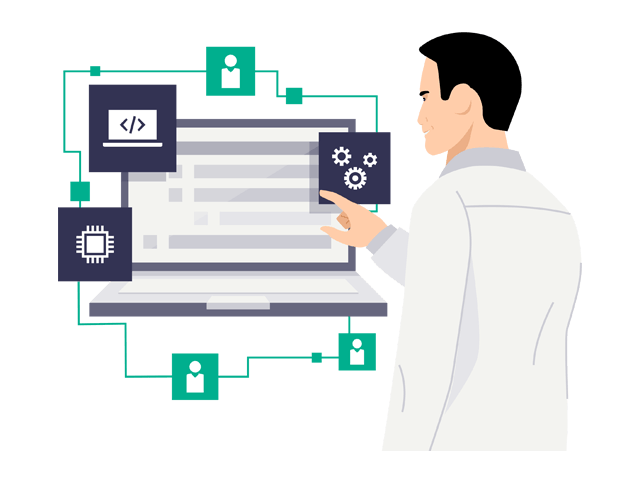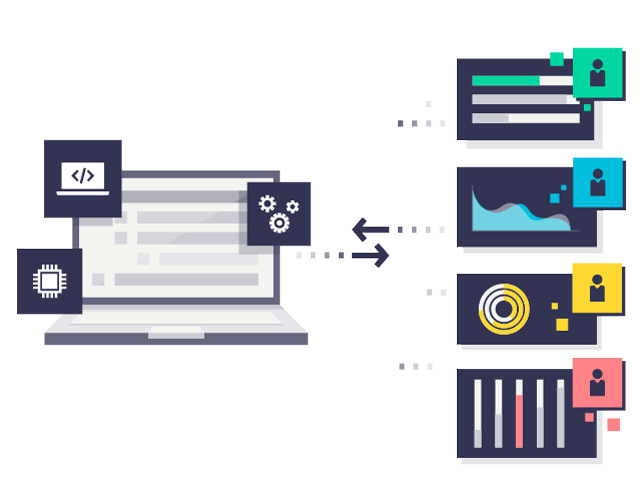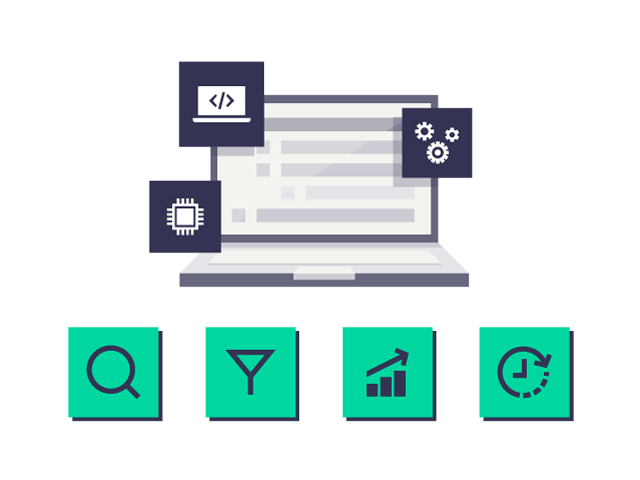Poznejte svůj výrobek s komplexní strategií pro kusovníky
Vytvářejte, spravujte a uvolňujte kusovník v integrovaném, jednotném procesu pro vytvoření digitálního znázornění vašeho výrobku. Koordinujte vývoj nových výrobků a modernizací pomocí digitálních vláken, která propojují funkční oblasti a pokrývají životní cyklus výrobků.
Propojte svůj podnik pomocí víceoborového kusovníku
Zlepšete kvalitu, dobu uvedení na trh a správu nákladů vytvořením jediné a přesné definice výrobku v prostředí založeném na spolupráci. Integrované víceoborové podnikové řešení kusovníku Teamcenter umožňuje správu softwarových, elektrických, elektronických a mechanických částí s automatizovaným odsouhlasením mezi obory.

Převezměte kontrolu díky správě změn a konfigurací
Kontrolujte a sledujte změny během jejich provádění. Spravujte vývoj kusovníku pomocí historických konfigurací a základních prvků. Konfigurujte a řešte kusovníky pomocí stavů uvolnění a zralosti, efektivity a variant.

Vylepšete svůj kusovník
Získejte více ze svého digitálního kusovníku pomocí nástrojů produktivity řešení Teamcenter:
- Funkce Smart Discovery nabízí bohatý kontext pro kontrolu, analýzu dopadu a ověřování
- Oddíly organizují jednu strukturu kusovníku do několika přizpůsobených zobrazení
- Vyrovnání návrhu kusovníku usnadňuje koordinaci vývoje výrobku
- Pokročilý souhrn kusovníku pomáhá plánovat, přidělovat a sledovat cíle podle návrhu na cíl

Dongfeng Liuzhou Motor

Enhancing data accuracy to reduce time spent on digital model queries by 50 percent
Firma:Dongfeng Liuzhou Motor
Odvětví:Automobilový průmysl a doprava
Umístění:Liuzhou, Guangxi Zhuang Autonomous Region , China
Teamcenter
